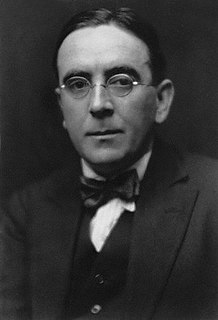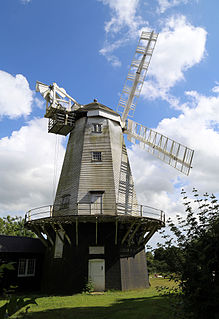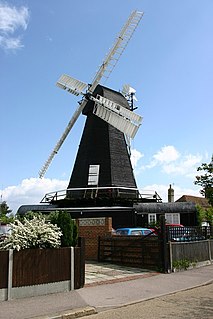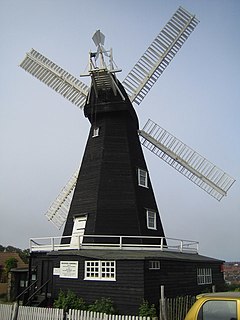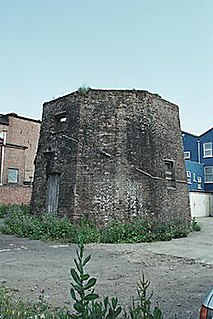| Washington Windmill | |
|---|---|
 The mill in 2005 | |
| Origin | |
| Mill name | Rock Mill |
| Grid reference | TQ 128 137 |
| Coordinates | 50°54′42″N0°23′48″W / 50.9117°N 0.3966°W Coordinates: 50°54′42″N0°23′48″W / 50.9117°N 0.3966°W |
| Operator(s) | Private |
| Year built | 1823 |
| Information | |
| Purpose | Corn mill |
| Type | Smock mill |
| Storeys | Three store smock |
| Base storeys | Single-storey base |
| Smock sides | Eight sides |
| No. of sails | Four sails |
| Type of sails | Patent sails (missing) |
| Winding | Fantail (missing) |
| No. of pairs of millstones | Three pairs |
Rock Mill is a Grade II listed [1] smock mill at Washington, West Sussex, England, which has been converted to residential use.

A listed building, or listed structure, is one that has been placed on one of the four statutory lists maintained by Historic England in England, Historic Environment Scotland in Scotland, Cadw in Wales, and the Northern Ireland Environment Agency in Northern Ireland.

The smock mill is a type of windmill that consists of a sloping, horizontally weatherboarded or thatched tower, usually with six or eight sides. It is topped with a roof or cap that rotates to bring the sails into the wind. This type of windmill got its name from its resemblance to smocks worn by farmers in an earlier period.

Washington is a village and civil parish in the Horsham District of West Sussex, England. It is located five miles (8 km) west of Steyning and three miles (4.8 km) east of Storrington on the A24 between Horsham and Worthing. The parish covers an area of 1,276 hectares. In the 2001 census 1,930 people lived in 703 households, of whom 820 were economically active. At the 2011 Census the population of the civil parish was 1,867.

